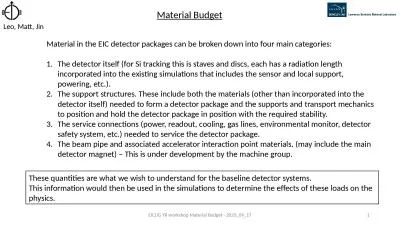PPT-MODEL AND DIE MATERIAL
Author : giovanna-bartolotta | Published Date : 2017-04-10
Definition of model or cast It a positive replica of the teeth and adjacent structures Definition of die It is a positive replica of the individual prepared tooth
Presentation Embed Code
Download Presentation
Download Presentation The PPT/PDF document "MODEL AND DIE MATERIAL" is the property of its rightful owner. Permission is granted to download and print the materials on this website for personal, non-commercial use only, and to display it on your personal computer provided you do not modify the materials and that you retain all copyright notices contained in the materials. By downloading content from our website, you accept the terms of this agreement.
MODEL AND DIE MATERIAL: Transcript
Download Rules Of Document
"MODEL AND DIE MATERIAL"The content belongs to its owner. You may download and print it for personal use, without modification, and keep all copyright notices. By downloading, you agree to these terms.
Related Documents

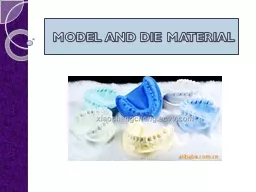





![Material Handling This material was produced under grant [SH22236SH1]from the Occupational](https://thumbs.docslides.com/668343/material-handling-this-material-was-produced-under-grant-sh22236sh1-from-the-occupational-safety-a.jpg)
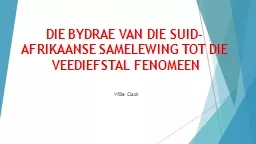
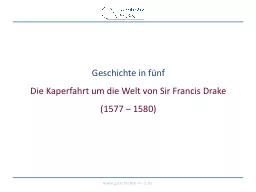

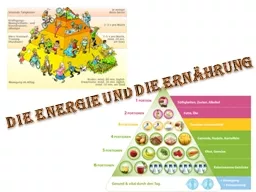
![“ Daarop lei [God] [Abraham] uit na buite met die woorde: ‘Kyk nou op na die hemel](https://thumbs.docslides.com/788189/daarop-lei-god-abraham-uit-na-buite-met-die-woorde-kyk-nou-op-na-die-hemel-en-tel-die-s.jpg)

